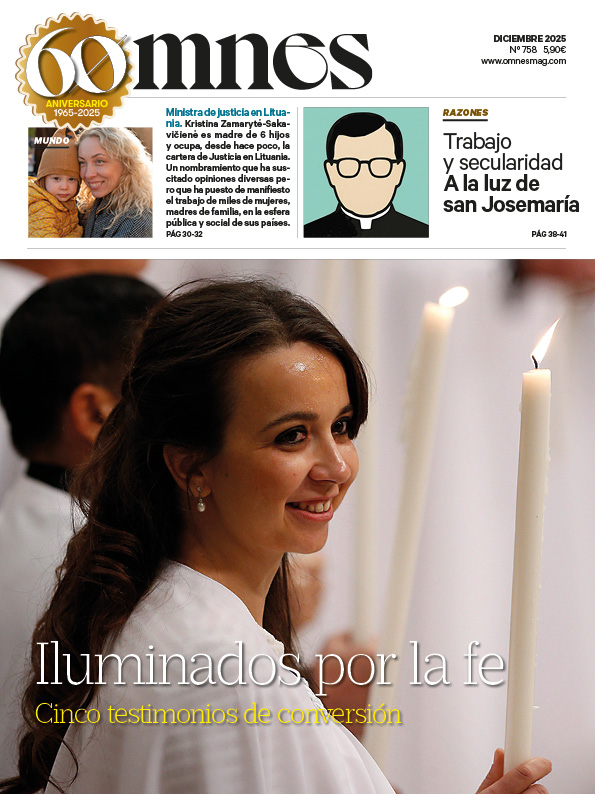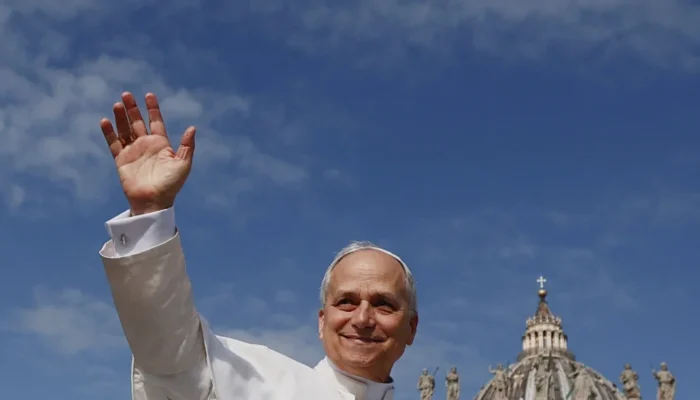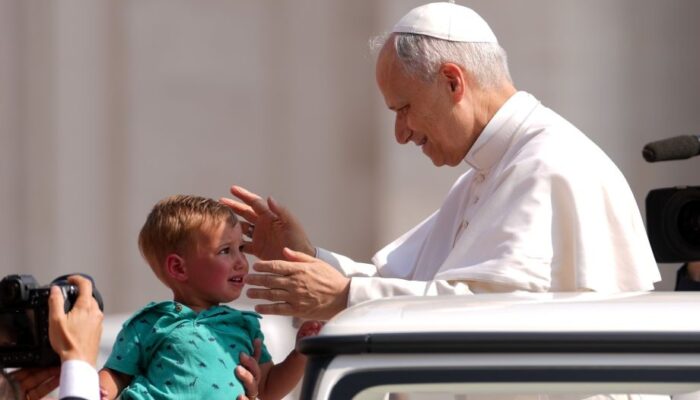As of June 30, 2023, the world population was 7,914,582,000, an increase of 75,639,000 over the previous year.
Positive data
The number of Catholics reached 1,405,454,000, an increase of 15,881,000 compared to the previous year. The percentage of Catholics in the world's population rose slightly (+0.1%) to 17.8%.
Permanent deacons also increased by 1,234, bringing the total to 51,433.
The number of lay missionaries grew by 31,320, reaching 444,606 worldwide.
The number of catechists increased by 17,384, for a total of 2,866,966.
In education, Church-run nursery schools increased by 228 units, while the number of students grew by 16,571.
According to the latest figures, there are 122,777 mission stations, compared to 126,549 the previous year.
Negative data
Each priest must now attend to 236 more faithful than last year, with an average of 15,918 Catholics per priest.
The total number of priests in the world continues to decline over the past six years, standing at 406,996, or 734 fewer than the previous year.
The number of non-priest religious also decreased, with 666 fewer, for a total of 48,748.
Likewise, the number of major seminarians - both diocesan and religious - decreased to 106,495, compared to 108,481 the previous year.
Other information of interest
The number of bishops worldwide increased by 5,430. Diocesan bishops increased (+84) and religious bishops decreased (-7). In total, there are 4,258 diocesan bishops and 1,172 religious bishops.
Currently, 71 million people study in Catholic educational institutions, ranging from nursery schools to universities.
The Church administers 103,951 health and welfare institutions worldwide, including 5,377 hospitals, 13,895 dispensaries, 504 leprosaria, 15,566 homes for the elderly, chronically ill and disabled, 8,593 orphanages, 10,858 children's schools, 10,827 marriage counseling centers, 3,147 centers for education or social re-education and 35,184 other institutions.







